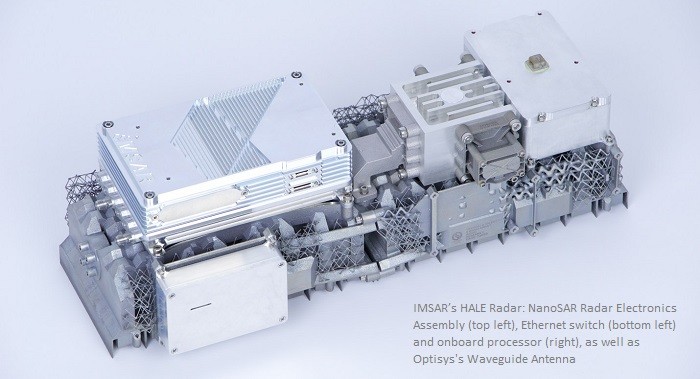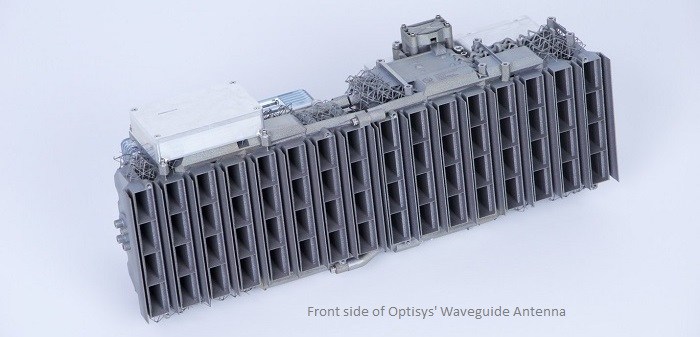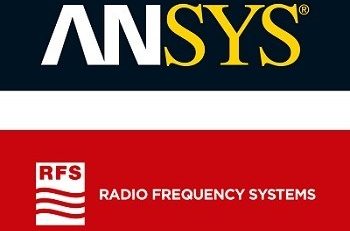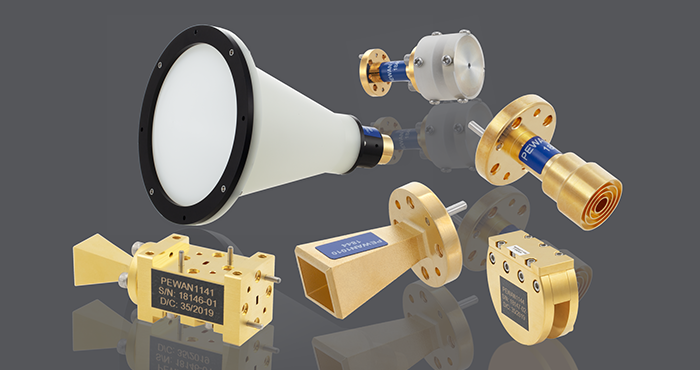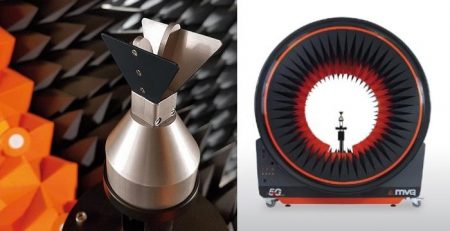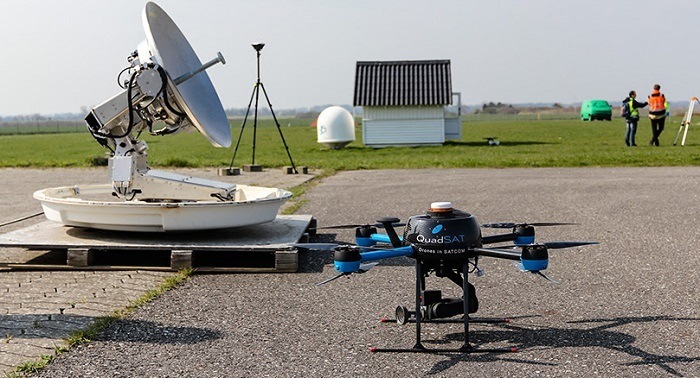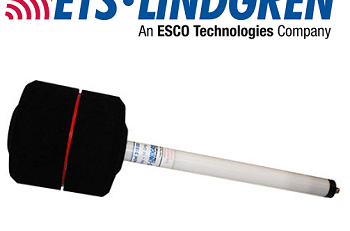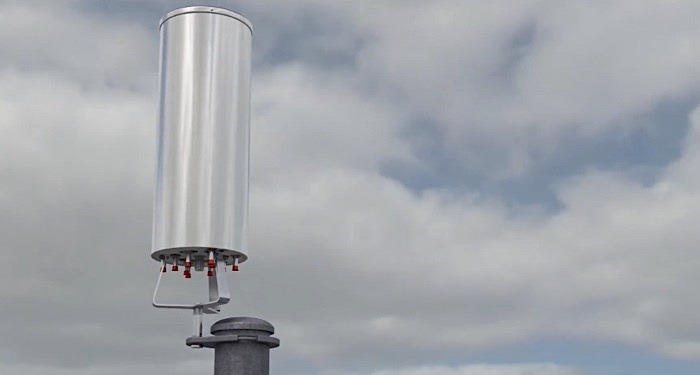IMSAR High-Altitude Radar Systems Use 3D Printed Antenna Arrays
Leading expert on SAR and radar image processing, IMSAR, and RF design and additive manufacturing company, Optisys, have partnered to create a small-Size, low-Weight, and low-Power (SWaP) radar designed specifically for use on High Altitude, Long Endurance (HALE) platforms. The high-altitude radar system is made possible by combining Optisys’s ability to miniaturize antenna arrays through 3D printing and IMSAR’s military-proven radar technology.
IMSAR’s high-altitude radar is based on its existing, low-SWaP NanoSAR C technology, which provides the foundation for its Commercial, Off-the-Shelf (COTS) NSP-3, NSP-5 and NSP-7 airborne radar systems. The high-altitude radar is capable of multiple modes of operation from over 60,000 feet Above Ground Level and is designed to operate continuously in stratospheric environments.
To allow IMSAR’s high-altitude radar to operate within the stringent SWaP requirements of HALE platforms, Optisys created a single array that combines multiple horns, waveguide combiners, mounting structures, and thermal features. The Optisys array reduces the parts required for the aperture by 94% and sufficiently reduces the space and weight required for the radar system to allow the radar to integrate into HALE platforms that were previously unable to carry radar sensors. The low-loss 3D aluminum array also allows for additional reductions in system power requirements to improve mission longevity.
According to Larry Moore, Vice President of Sales at IMSAR, combining IMSAR’s low SWAP NanoSAR radar with the novel printed aluminum antenna array from Optisys has yielded an exquisite new class of radar designed for HALE aircraft. The use of this radar on HALE platforms allows for continued surveillance where multiple aircraft or satellites were needed previously. This provides unrivaled agility in imagery collection and time on station.
IMSAR is a privately owned research, development, and manufacturing company located in Springville, UT, that specializes in lightweight, low-power Synthetic Aperture Radar (SAR) devices and radar image processing. The first version of IMSAR’s NanoSAR system was developed in 2008. Since then, the company has continued to enhance the capability and reduce the size of its flagship radar system.
Optisys is a privately-owned RF design and additive manufacturing company located in West Jordan, UT. It designs, manufactures, and tests highly integrated antenna structures that achieve the lightest weight and smallest volume physically possibly. The designs include single-band parabolic antennas, passive or active low-profile arrays, and multi-band solutions –including filters, switches, and tracking networks.

